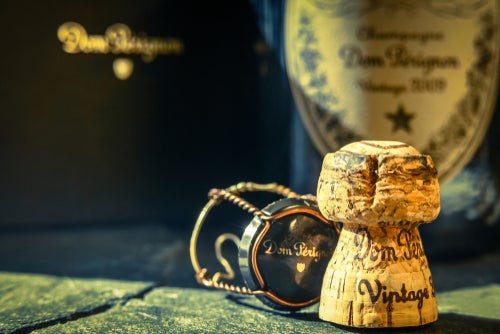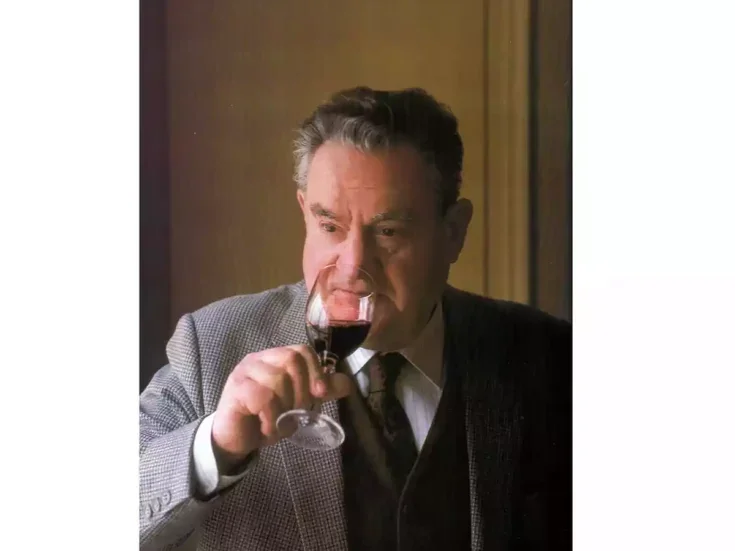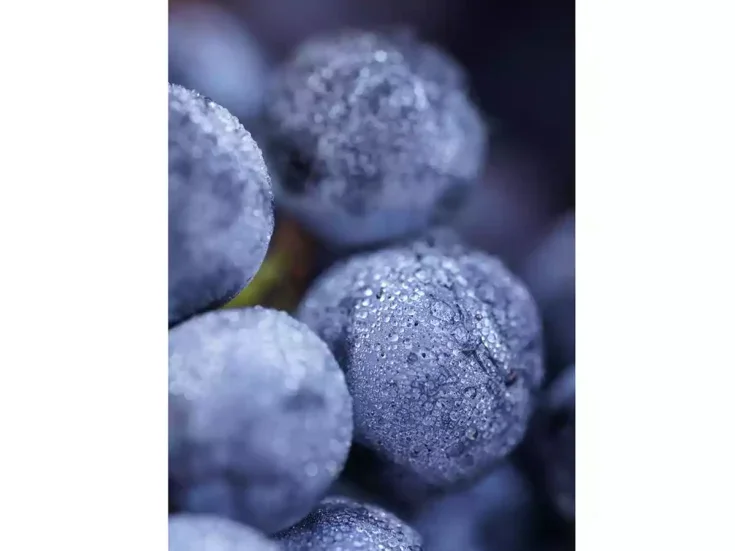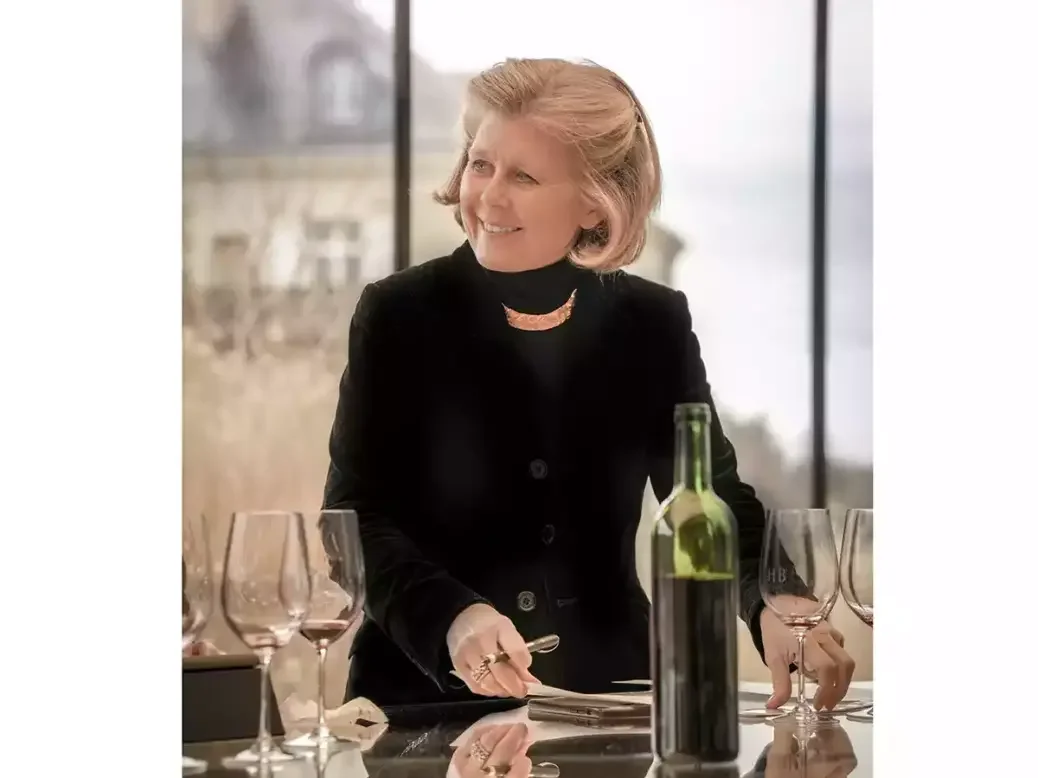
In the fourth of a series of series of extended interviews with leading wine growers marking 20 years of The World of Fine Wine, Véronique Sanders of Château Haut-Bailly in Pessac-Léognan explains how her life, her estate, and wine growing in Bordeaux have all evolved in the past 20 years.
Vignerons’ stories: Katharina Prüm
Vignerons’ stories: Eben Sadie
Vignerons’ stories: Jean-Baptiste Lécaillon
Vignerons’ stories: Telmo Rodriguez
Vignerons’ stories: Francisco Baettig
Vignerons’ stories: Diana Snowden Seysses
Vignerons’ stories: Brian Croser
Automatic concentration
Véronique Sanders: The world offers far better wine today than 20 years ago. When I started, it was easy to find bad wines. The progress everywhere is quite impressive. I think it’s true in Bordeaux—particularly at Haut-Bailly, of course! But it’s also true around the world. Everybody’s very committed to evolve permanently and to improve every kind of technique.
In Bordeaux, the levels of ripeness are higher than ever. And that provides us with the most fantastic automatic concentration and the ability for our wines to last. In the past, you had many more ups and downs in terms of the quality of vintages. It is much more consistent now.
If you look at viticulture, many things have changed. There is a kind of premiumization in viticulture and in vinification. It’s a new era, with an obsession about fruit and the reality of the terroir. But the fruit is the voice, and the song of the wine. And if you hide the fruit, you hide the voice and the song.
Audacious pruning and patrimony
Véronique Sanders: When we think about viticultural techniques, of course we start by thinking about pruning, which is the first gesture of wine. There was no revolution here, but there has been a big improvement in terms of comprehension of what we are doing. We have changed our techniques to avoid any wounds and protect the flow of the sap in the vines—and we do this because we want to protect as much as possible against long-term decline of the vines.
When we got the Italian pruners [Simonit & Sirch] to come to help us with the pruning system (back in 2012, I think), it was audacious—you have your pruning team and you have to tell them, “OK, guys, let’s start learning again from scratch!” We cut a vine into two. They showed us what we were doing, and they showed us how we could improve.
It was a big moment in the history of the company; I think we were one of the first estates in Bordeaux to trust them. It is about taking the greatest care of your vine. It is fundamental, like soil cultivation.
For us, it’s super-important to consider every single vine as a tree, and to respect all of them as much as we can. There are so many products we can’t use anymore. So, we really have to consider every single vine as a part of a patrimoine, a patrimony. Haut-Bailly is part of the Entreprise de Patrimoine Vivant—we have its label on our bottles, and we respect it very much.
It’s difficult for me to talk globally or even generally about Bordeaux—every château has its own recipe. We never use weed killers. We always plow the soils, so we have a vertical rooting system, and our soil is really alive. That was obvious for us, it’s not something new. But so many people around Bordeaux have now stopped using weed killers and are working in this way—it’s a new trend, a new philosophy.
We have also made some tests about life in the soil—the worms. We call them the soil engineers, and we realized that, by plowing the fields, we were hurting them sometimes. So, now we are working differently, more sensitively, with cover crops. That’s a new thing, which is extremely important.
Taming the reverse excess
Véronique Sanders: Another thing that has changed a lot in Bordeaux is the trellising. Over the past 20 years, the leaf area has increased. There has been a move toward more concentrated, riper grapes, and we have a reverse excess to deal with: 20 to 25 years ago, it may have been difficult to get to 11.5% alcohol; today, it’s difficult to get below 13%. So, it’s really not the same game at all. Chaptalization has become nonexistent—and I think acidification is still unusual. And managing the trellising and the height of the training is extremely important.
I think we are all concerned about that—we all want to keep what is key in Bordeaux, which is the balance, the drinkability, the elegance. And I think the past few vintages show that in a fantastic way.
What fascinates me with Bordeaux is the way we’ve been adapting. I have always said that making great wine is having no set recipe. You need to have a fresh mind every year and you learn by doing it and inventing, adapting yourself to what the weather will give you.
It’s fascinating to see how well Bordeaux has done this—to see that we are still producing wines with amazing balance. If you look at the past few vintages—I mean, the wines… wow! I think this is because of both viticulture and vinification—it’s not one without the other. So, we thought, OK, the Cabernet can handle the heat, so no problem, we can make beautiful Cabernet. And Bordeaux never made such good wine, because we have better ripeness. But everybody was concerned about Merlot… and yet, for the past two years I couldn’t believe the Merlot we produced at Haut-Bailly.
So, I had a chat with a few people who are specialists, and although it’s still speculation, they think that after a few years of very warm summers, the Merlot vines are adapting genetically, to handle the kind of weather we are having now.
From the point of view of vinification, of course, you adapt to what nature gives you, and we are always extracting much less now; we always have more gentle procedures, to keep this balance and elegance, which is a hallmark of Bordeaux.
So, I would say that, so far, climate change has helped Bordeaux tremendously, if you are talking only about the warm summers, having that level of ripening, which is higher than ever. What worries us more are the mild temperatures in winter, causing early budding and increasing the risks of late-spring frost. We never really had frost at Haut-Bailly; we had frost in 1991, and frost in 2017. But since 2017, we have been fighting frost every year. And there are also now the excesses of water. The rains have been non-stop since October last year [this conversation took place in May 2024]… but then again, we might have, like last year, an excess of drought.
We are clearly aware of all the climate change the world is facing. But we feel blessed actually to have a terroir that has this ability to adapt continuously—it’s a big surprise and a discovery. The evolution is broadly positive, but there are certain problems, for sure. And we have to deal with them.
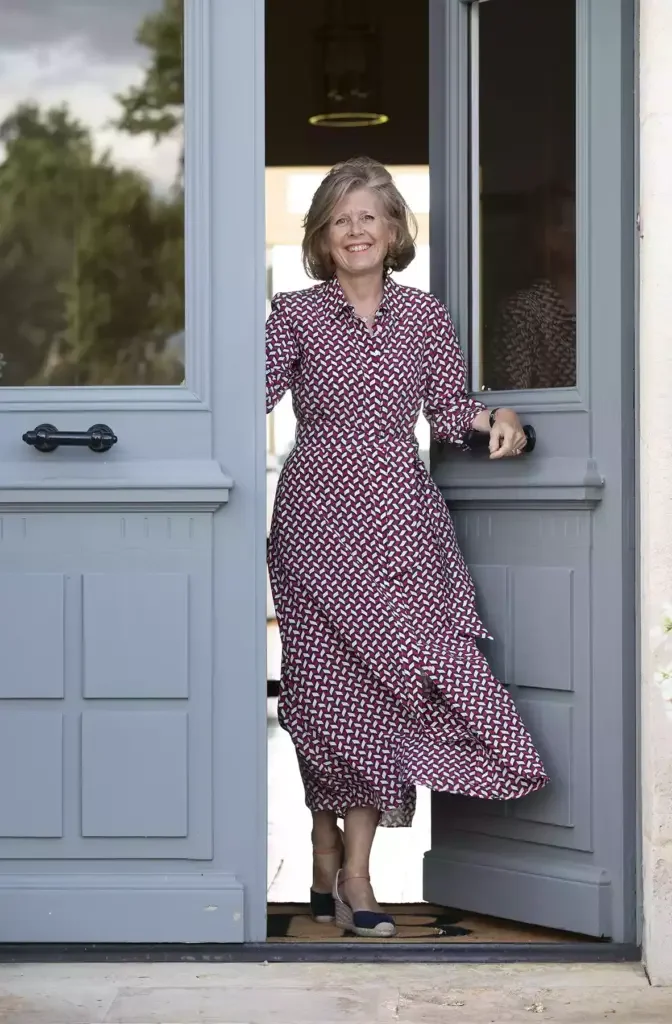
Biodiversity and the sound of birdsong
Véronique Sanders: There is a trend in Bordeaux for more biodiversity, because it helps to fight parasites and pests and everybody’s developing that, planting more trees. Last year alone, we planted 6,000 plants over 2.5km [1.5 miles], in order to increase the number of birds, butterflies, amphibians, bats… everything. This morning, I had a group of wonderful people from Madeira visiting, and I was giving them a tour, and I couldn’t believe all the sounds I heard. It was incredible… I could base the tour only on what we would hear, enjoying all the bird song!
Depending on where you are in Bordeaux you have more or less forest. In our appellation of Pessac-Léognan, we always had lots of trees. If you go on top of the roof of the cellar, you can see trees around 360 degrees. We are extremely privileged in our appellation, being right at the gates of Bordeaux, that there has always been this incredible concern for trees. Some people in some parts of the region went too far as a monoculture, but I think they are coming back and planting trees again—and that concern for trees is fabulous.
Finding workers …
One of our biggest challenges is finding the best possible talent to work with us and be part of our team. Because our vision, and what we stand for, is to magnify with our human touch what our terroir demands we deliver. But without a team of the right people being able to work permanently and express it and being very much involved… Well, terroir is nothing without man or woman or a team of people to express it.
And we’re all facing this problem, in many industries—construction, restaurants, you name it. How do we find the right people, who have this commitment, this passion, because to work the soil, the terroir, you need this passion. It’s a social problem. How can we motivate people? How can we pass on the love of what we do?
… finding drinkers
I’m impressed by the level of knowledge wine drinkers have nowadays. We go into universities—Oxford, Cambridge, Harvard, all kinds of colleges and universities around the world—and we are meeting young people who want to know more about wine and about what we are doing. I’m happy to say that we are still producing wine for people who are going to enjoy it—they want to share it and they want to discuss it.
Of course, some of our wines at Haut-Bailly are sometimes bought for speculation, but I still believe that we are making wine to be shared, to be enjoyed together, which is a great tool of civilization. It’s fascinating to see that Haut-Bailly’s sales are 90% exports, to 80 different countries. And that is something which is a form of soft power for France.
When you’re thinking about price, you always have to compare wine with other industries, like cosmetics, watches, textiles. You can buy a Swatch for very little money, or you can buy a Rolex—you have products for all kinds of people. And sometimes the same person can wear a Swatch during the day and a Rolex in the evening. And I tend to think it’s the same with the wine industry. You can find amazingly good wines, especially in Bordeaux, at a very cheap price, and of course you will find the most expensive wines, too—although maybe no longer in Bordeaux, maybe more now in Burgundy or in Napa!
I think Bordeaux is the most accessible region in the wine world for great wine. It’s the number one place in the world for fine wine with volume, and we produce amazing quality. I’m always astonished to see the quality of cru bourgeois and cru classé you can find at ridiculously low prices compared to what you can find in Napa.
You could compare the price of a bottle of wine of today, even the classified growths, to the price of a baguette 25 years ago. A baguette used to cost one franc… now it’s above €1, it’s €1.30. I don’t think the price of wine went up that much. The barrel and the corks, for sure. But not the wine itself!
But I’m optimistic by nature. I firmly believe in the future of Bordeaux. Our wines have built their reputation over centuries, and it’s been so impressive watching how their reputation has progressed over the past few years. In 100 years from now, I think that Bordeaux will still be at the top of the game. I think we are entering a new golden age for the wines of Bordeaux.

